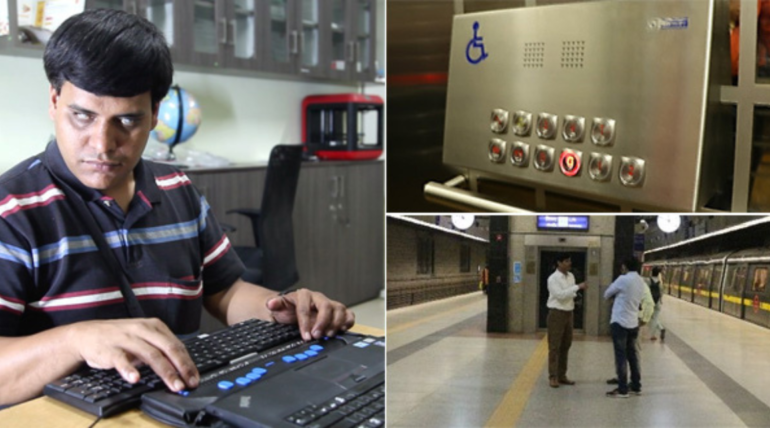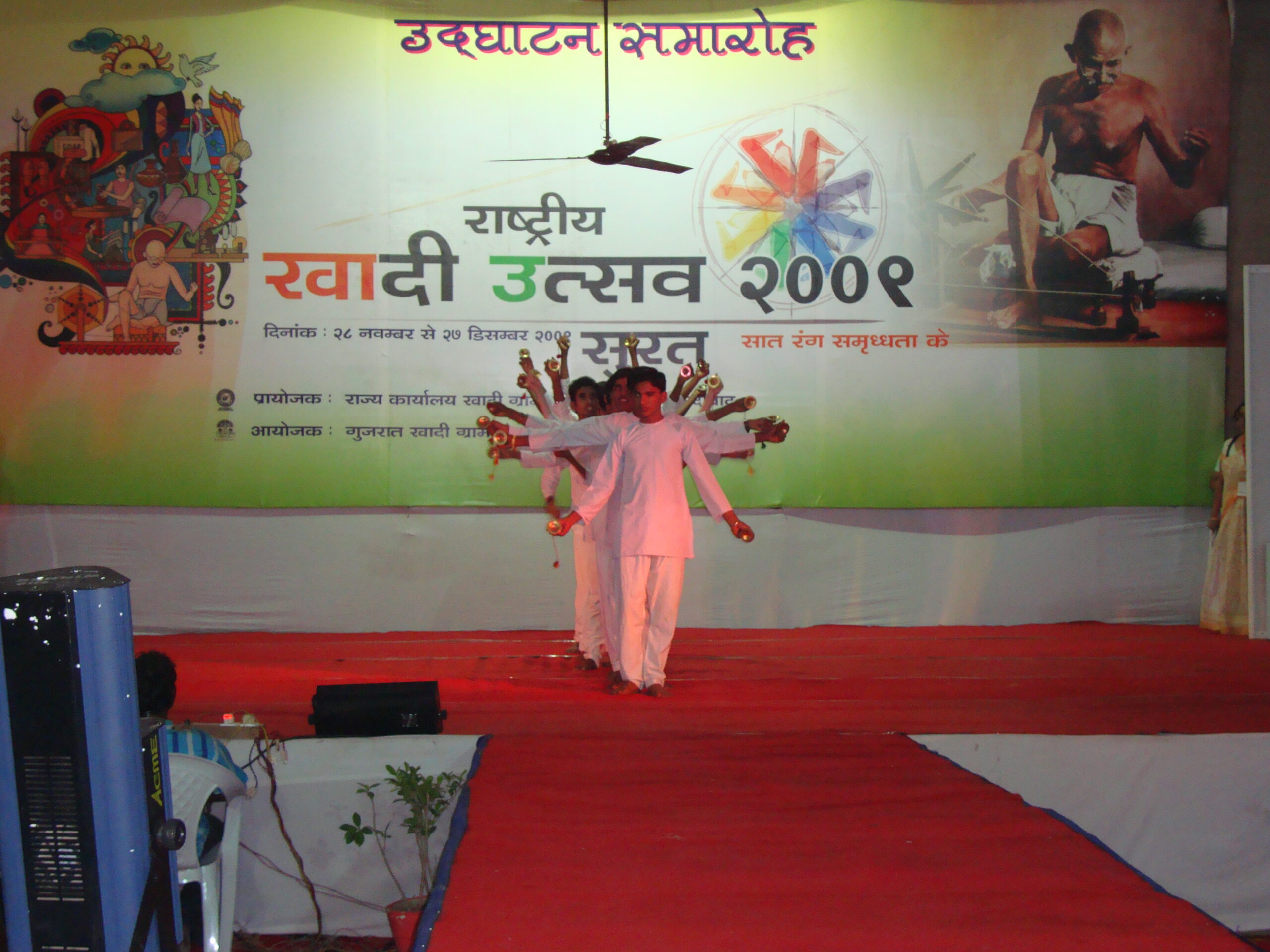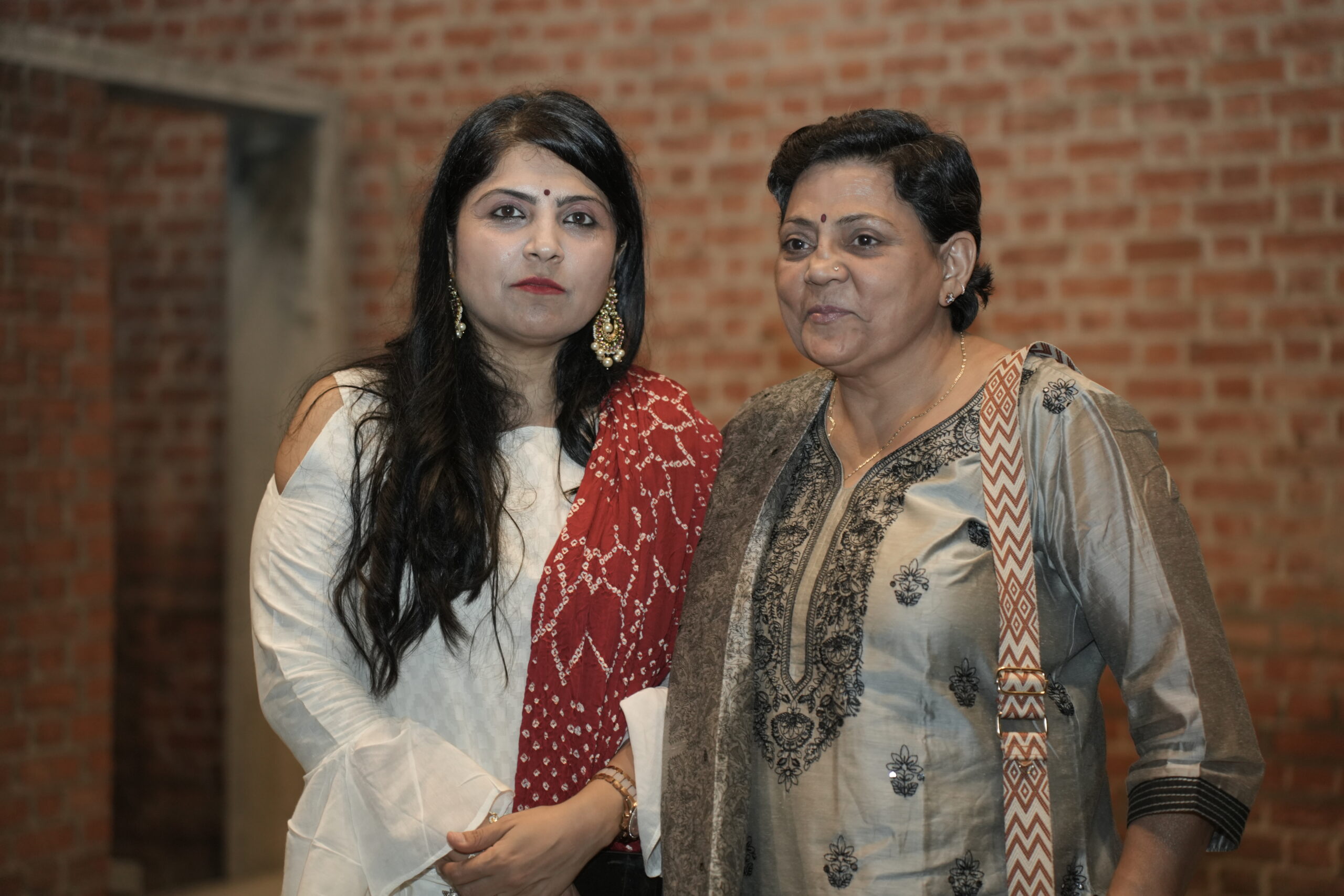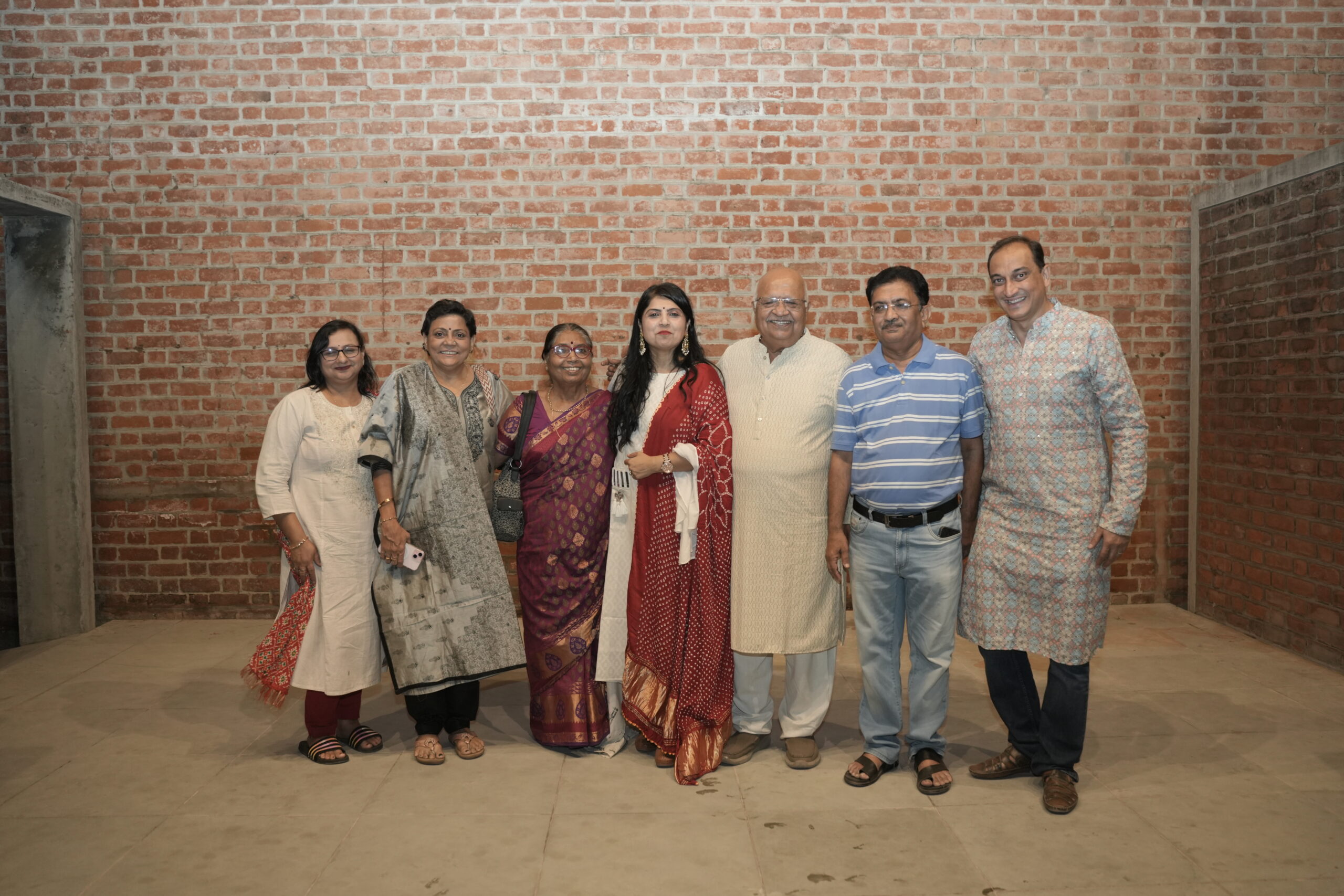How Technology is Revolutionizing Accessibility for People with Disabilities
Technology has the power to break down barriers and create more inclusive environments for individuals with disabilities. From screen readers that convert text to speech for individuals with visual impairments to voice recognition software that allows individuals with mobility impairments to control their devices hands-free, technology is transforming the way people with disabilities interact with the world around them.
One of the key advancements in assistive technology is the development of screen readers, which are software programs that convert text on a screen into speech or braille, allowing individuals with visual impairments to access digital content. Screen readers can read aloud text from websites, documents, and emails, enabling individuals with visual impairments to navigate the digital world independently.
Voice recognition software is another important advancement in assistive technology, allowing individuals with mobility impairments to control their devices using voice commands. This technology can be particularly useful for individuals with conditions such as cerebral palsy or spinal cord injuries, allowing them to use computers, smartphones, and other devices without having to use their hands.
Other advancements in assistive technology include adaptive devices such as specialized keyboards, mice, and switches that can be used by individuals with physical disabilities to access computers and other devices. These devices are designed to be easy to use and can help individuals with disabilities perform tasks that would otherwise be difficult or impossible for them.
Overall, technology has the potential to greatly improve the quality of life for individuals with disabilities by providing them with new ways to communicate, access information, and interact with the world around them. By continuing to innovate and develop new technologies, we can continue to break down barriers and create a more inclusive society for all.









